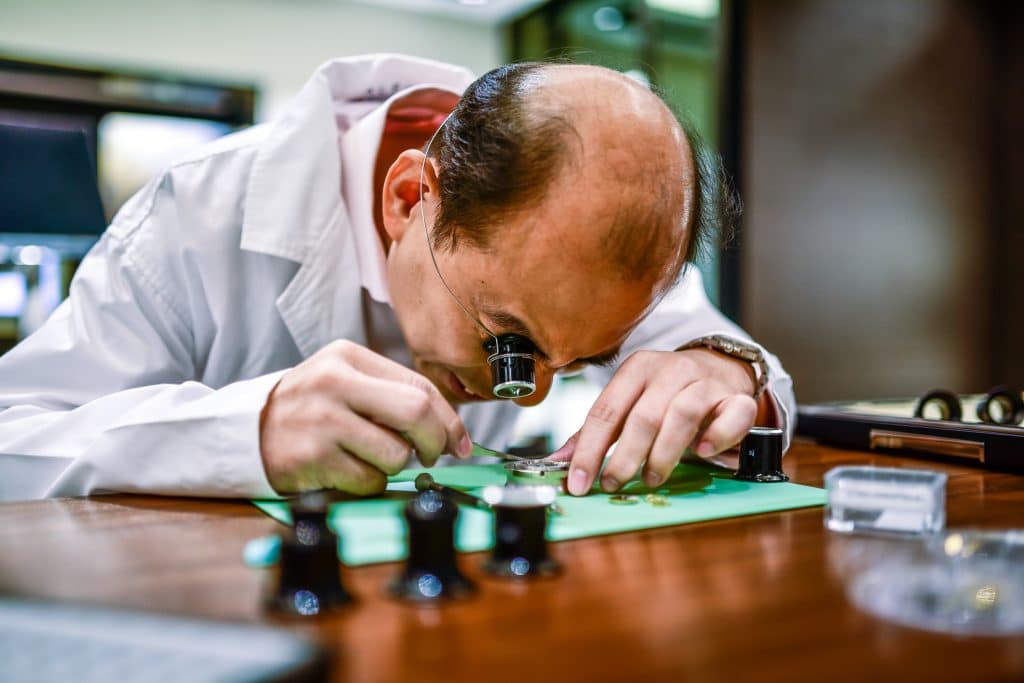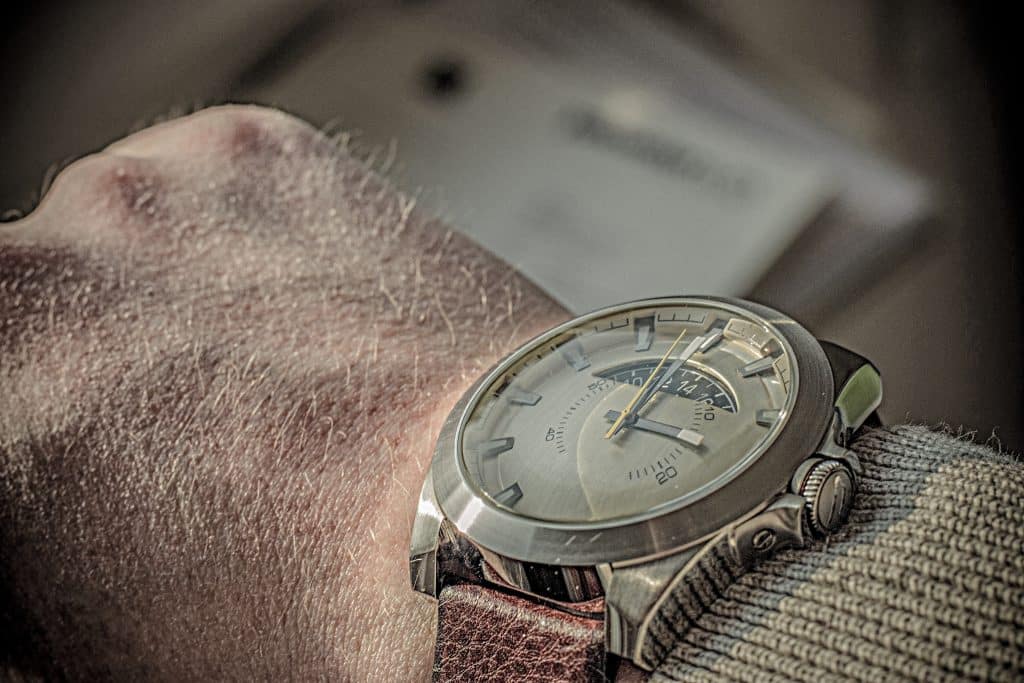As indicators of status and good taste, luxury watches remain one of the most sought-after accessories on the market. There are many reasons for wanting to invest in a high-quality timepiece – from wealth preservation to acquiring a gadget that both fills a useful function and can be bequeathed to the next generation. One of Switzerland’s most prestigious watchmakers were well-aware of client tastes when they launched a campaign telling buyers that they could not own one of the company’s watches; only preserve it for their offspring. Below is an overview of what to consider before buying a watch as well as advice on how to take care of it afterwards.

As with any acquisition, it is a good idea to follow a set plan that allows you to browse systematically. Budgets will, for example, vary if your purchase is intended to be a value-preserving asset in the way that a painting would be, or a high-end gadget to be worn regularly. If going for the latter, one of the first decisions would be whether to invest in a new watch, or to look for second-hand timepieces. Each option has its specific risks and opportunities.
Provided that the watch is from a high-end brand along the lines of Rolex, Tudor and Patek Philippe, it is likely to increase in value over time, but just like a new car, a new watch will initially see its value fall for the first few years before it begins to rise – as would that of a well-kept classic car.

If buying a new watch, it is further important to stick to authorised retailers. Recent years have seen a growth in the so-called grey market, where genuine watches are sold online at cheaper prices. The watches are genuine and the sales are perfectly legal – the lower prices are due to the sourcing as the grey market is a way for retail partners to dispose of unsold stock when a brand releases new models.
Some brands do actively discourage the grey market – the prime example being Richemont, who buys its unsold stock back and destroys the watches. For the buyer, knowing whether a retailer is authorised or “grey” matters, since most watchmakers do not offer a warranty on timepieces sold through unofficial channels.
Sticking to trusted names is key also when buying a second-hand or antique watch. More recent models are usually stocked by the recognised retailers, and vintage watches are frequently sold at large auction houses such as Christie’s. Reputable auction houses will have taken the necessary precaution to ensure that the timepieces are genuine and not stolen. The watches sold here are more akin to a work of art than a classic car – at least where the price tag is concerned. In November 2019, a Patek Philippe Grandmaster was sold for $31 million at Christie’s in Geneva.
Needless to say, a multi-million collector’s object will require a separate insurance policy, since a home insurance even if it does cover watches and jewellery typically has an upper limit. Even a luxury watch worth a few thousand Euros could be unprotected by home insurance, so it is a good idea to speak with a trusted advisor.
But what of storage and maintenance? Once bought and insured, you should keep the watch in a safe rather than a drawer or wardrobe when it is not being worn. All the original documents should also be kept safely since the timepiece will be more difficult to authenticate without them and its value consequently drop. For maintenance, it is again important to stick to the watchmaker’s officially approved partners. With a vintage watch, the technician may need to be reminded not to replace any parts as this will affect the value negatively.
Even if you may not have bought the watch intending to sell it, your family may decide to do so in the future – which will be understandable if the Tudor you bought for a thousand dollars in your youth and took good care of now is worth a million.
